Such useful plants, nasturtium leaves, flowers, and seeds can be used to give a peppery kick to salads and garnishes. But there is so much more to this colourful plant,using nasturtiums as companion plants bring many benefits. Read on for all you need to know about using nasturtium companion plants.
Nasturtium Benefits
Aside from their nutritious benefits, nasturtiums are of considerable benefit in the vegetable garden. They attract pollinating insects like bees, butterflies, and hoverflies to your garden. They also attract aphids and cabbage white butterflies which can cause serious damage to your crops.
Grow nasturtiums as sacrificial plants to lure the aphids and cabbage whites away from your valuable crops. Trailing nasturtiums make great ground cover plants to keep weeds at bay. Another reason to grow nasturtiums is the sheer blaze of colour they add to your garden.
Nasturtiums deter squash beetles, cucumber beetles and other vine boring pests so are an asset in the vegetable garden.
What to Plant with Nasturtiums
Many plants will benefit from nasturtium companion plants including:-
Tomatoes and Nasturtiums
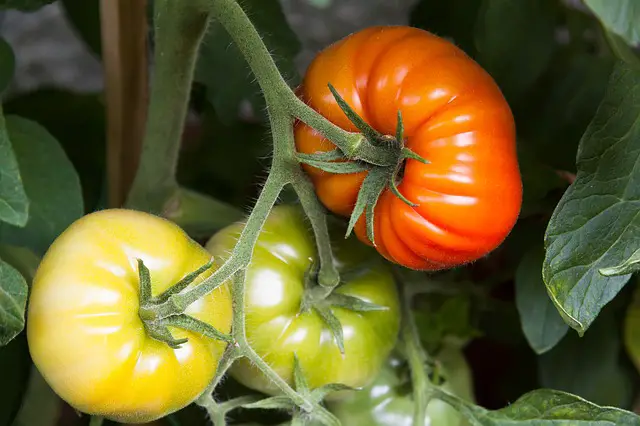
Aphids can be a real problem when growing tomatoes. By growing nasturtiums around your prize tomatoes you will tempt the aphids away from them and the hardy nasturtium will survive the onslaught.
Squash and Nasturtiums
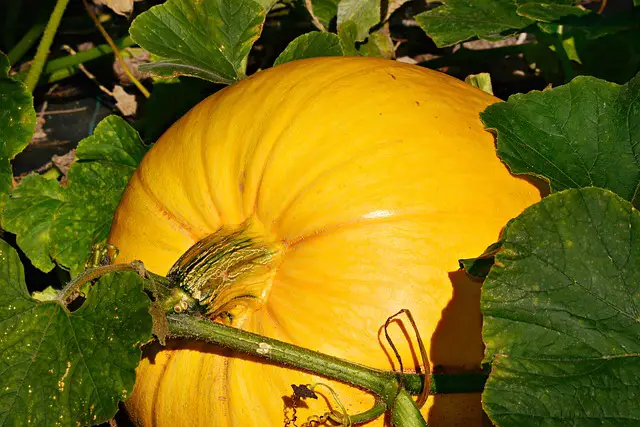
The problem with squash beetles is they go undetected until the squash plants get sick. It’s usually too late to save them by then so prevention is definitely better than cure. Nasturtiums deter these and other pests and will attract the useful pollinators as well.
Cucumbers and Nasturtiums

The cucumber beetle works in the same way as the squash beetle and nasturtiums repel them as well. Whilst still attracting the beneficial pollinators onto your cucumber vines.
Brassicas and Nasturtiums
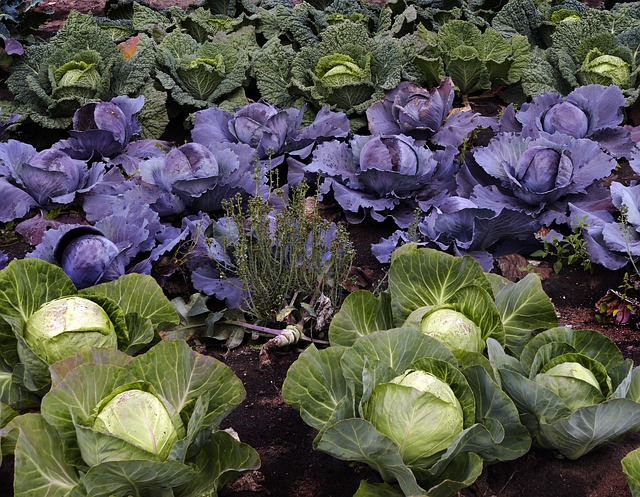
All members of the brassica family need lots of calcium to grow. Nasturtiums thrive in poor soils so they are a perfect companion plant for the brassica bed. Brassicas include:- Cabbage, Cauliflowers, Broccoli, Kale, Swede, Turnips and many more.
Melons and Nasturtiums
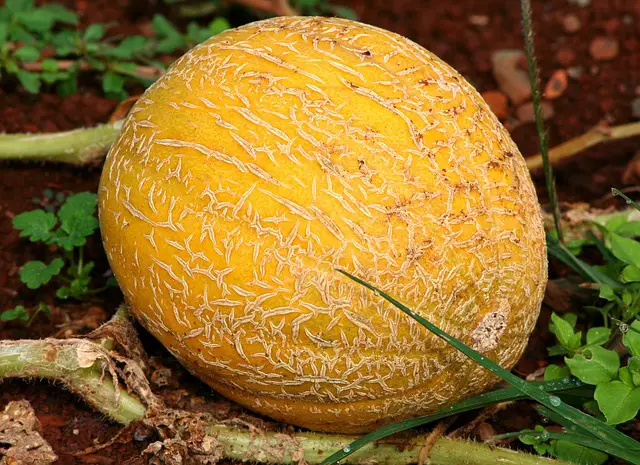
As melons are members of the same family as cucumbers and squashes, nasturtiums will provide the same benefits when grown in companion with them. Nasturtiums have also been reported to improve the flavour of this group of plants too.
The above list of Nasturtium companion plants is by no means comprehensive, any plants that are prone to aphid attack will benefit from nasturtium neighbours.
Growing Nasturtiums in Hanging Baskets
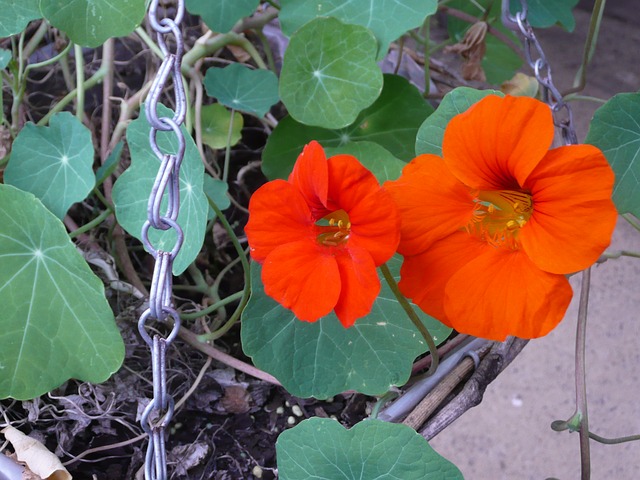
Due to their trailing nature nasturtiums do really well in a hanging basket. As soon as the frost is finished just sow nasturtium seeds directly into the soil of your hanging baskets. These robust plants will tolerate slight shade but do much better in full sun.
Choose trailing varieties which will grow between 2 – 3 feet (60 – 90 cms) in length. Add a few cherry tomato plants in your hanging baskets and benefit from this wonderful combination whilst saving space. They are fairly drought tolerant but water when the top 2-3 inches (50-75 mm) of soil feel dry.
Nasturtiums in Pots
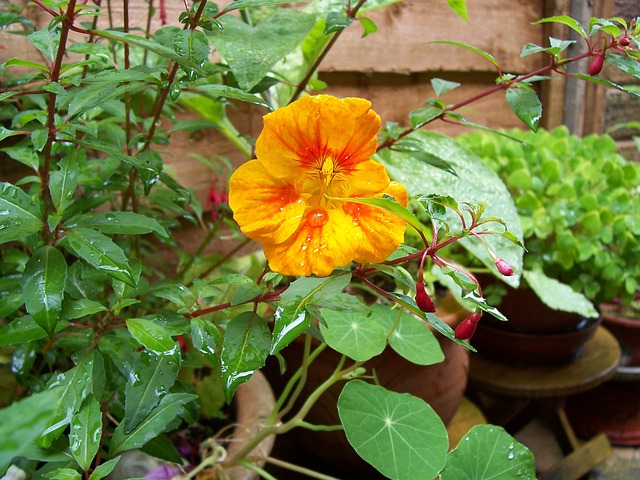
These pretty flowers grow really well in pots and as long as the soil is not too nutritious they will thrive. If you only have “good” compost plant nasturtiums in pots with other greedy plants so the nutrients are spread thinly. You will know if the soil is too rich as you will have healthy green growth but no flowers.
How to Make Nasturtiums Climb
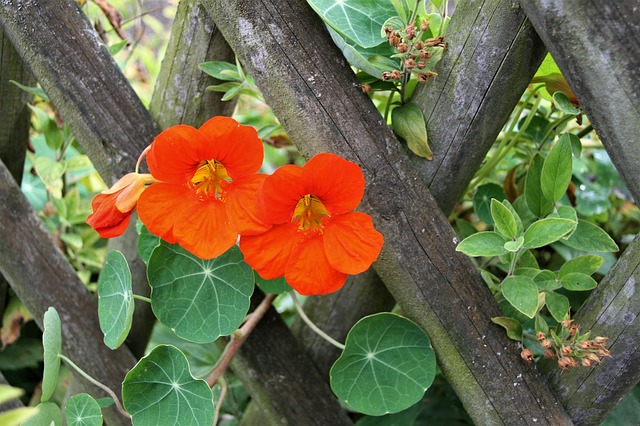
I often get asked this question, and it is relevant. The answer is… Not all nasturtiums will climb. There are certain varieties of climbing nasturtiums and most seed companies stock them.
They climb just like vining plants by wrapping themselves around upright supports, trellis work, walls, fences etc… Just encourage the direction by gently tying them in and they will happily climb away. Giving a constant display of flowers until the frost come.
Nasturtium Problems
Lots of Leaves and No Flowers
One of the most common problems with nasturtiums is too much greenery and not enough flowers. This is caused by growing them in soil that has too many nutrients for them. Nasturtiums thrive in poor soils and if this is not possible try growing them with nutrient greedy plants (as above).
Yellow Leaves
Another fairly common problem is yellow leaves, this one is usually connected to over watering. Too much water leaches the nutrients out of the soil, I know that sounds counter intuitive but too little is as bad as too much. The problem is the water washes the nutrients away but leaves natural salts which build up to harmful levels.
Leaf Curl
With nasturtiums the most common reason for leaf curl is lack of water. Here we go again one minute too much, next minute not enough, no wonder I’m losing my hair. Seriously though, don’t get too fixated, only change your practises if there’s a problem.
Leaf Mosaic Virus
Recognisable by the distinctive mosaic pattern on the leaves, sadly there’s no cure the plants should be removed and burnt. This disease is spread by aphids who basically inject the plants to get sap and spread it from plant to plant.
Club Root
This disease affects all members of the brassica family and is one of the main reasons for crop rotation. The leaves turn yellow and the plant wilts and dies, there is no cure. However good crop rotation and liming the soil in advance are good preventative measures.
Common Pests Affecting Nasturtiums
Many of these pests have already been mentioned and are probably the reason for growing nasturtiums in the first place. They include:-
Aphids
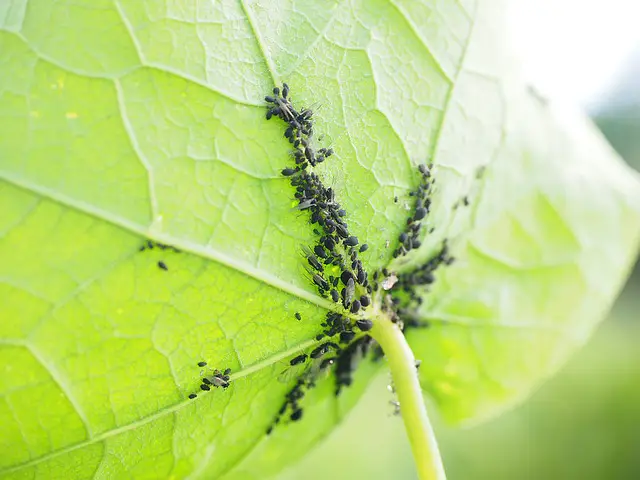
Green, black, red or grey sap sucking insects that stick to the underside of leaves and stalks. They spread diseases and are also farmed by ants so often if aphids are a problem so will ants be. To find out how to get rid of aphids naturally click here.
Cabbage White Caterpillars
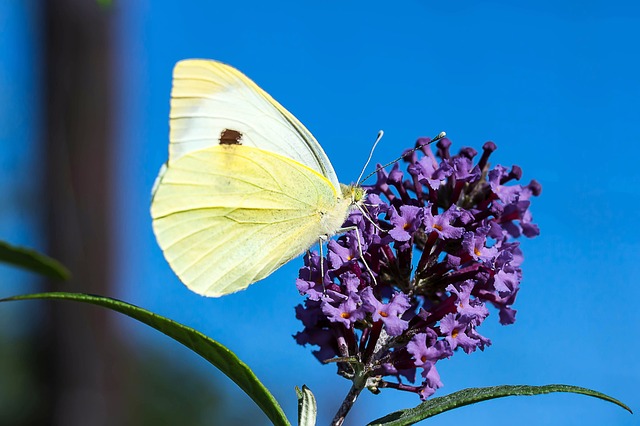
These green caterpillars can devastate your nasturtium plants so if possible pick them off by hand and destroy them. I don’t like killing caterpillars but there seems to be an over abundance of cabbage whites.
Leaf Hoppers
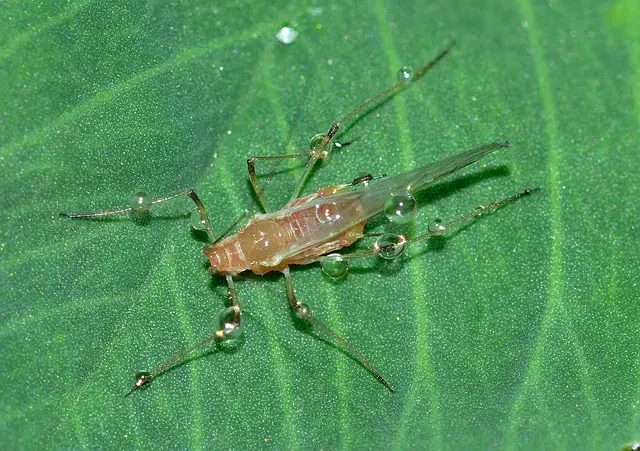
Similar to aphids, leaf hoppers damage plants and cause infections to spread. Leaf hoppers are a nuisance and can give nasturtiums problems with other diseases. They injure leaves and stunt nasturtium plant growth.
Leaf Miners
The larvae of these pests do exactly as you would expect them to, they mine just under the surface of the leaf. This is unsightly but not fatal to the plants. Just remove affected leaves and burn to deal with this problem.
Slugs

The bane of all gardeners, slugs can destroy plants over night and the only effective cure is to hunt for them. Slugs are usually more active at night, so armed with a torch and a bucket of water, that’s the time to look for them. Slugs are prolific breeders so don’t think you’ll solve the problem in one fell swoop.
You’ll need to return for at least 2-3 weeks removing slugs every night. Some damage is inevitable but if it’s severe then a solution has to be found. For facts about slugs and more tips on how to get rid of slugs naturally click the links.
Nasturtium Varieties
There are so many varieties of nasturtiums with new types coming on the market every season. They range from the traditional to varieties with frilly petals and climbing varieties. Check your seed catalogues for the most up to date range available in your area.
I grow 2 or 3 different varieties every year and if I find one that I particularly like I save seed for the following year.
Collecting Nasturtium seeds
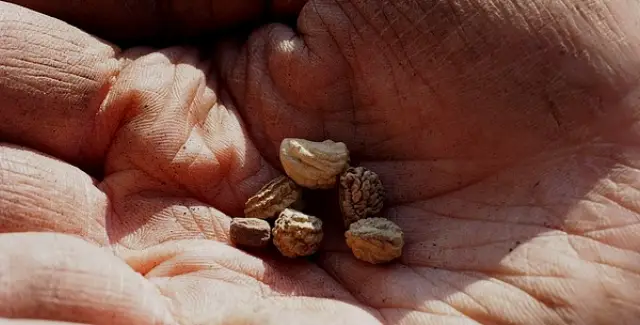
To maintain a constant supply of nasturtium flowers throughout the summer season remember to deadhead as blossoms fade. If you are unsure about deadheading you can go to my post, what is deadheading? to learn more. Towards the end of the season, allow the flowers to remain on the plant and die.
The seeds will form and are easy to see. Once they dry out remove them and store in a dry, cool place ready to sow next spring.
Growing Edible Nasturtiums
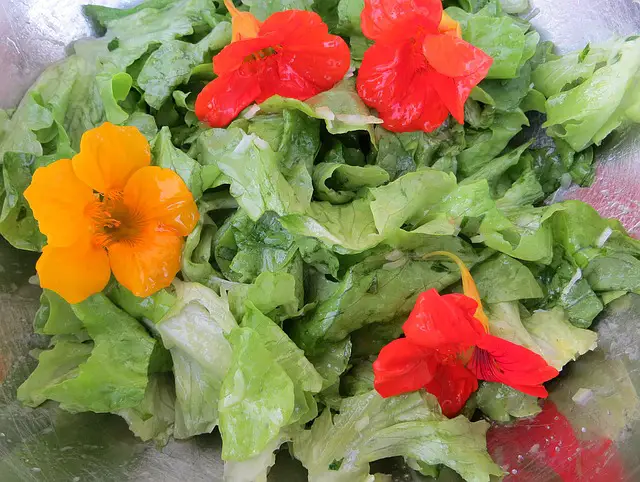
All nasturtiums are edible as far as I can tell, and that means the flowers, the leaves and the seeds. They have a peppery flavour and are often used instead of water cress. The seeds are known as poor mans capers and can be pickled.
The leaves and flowers are very nutritious, containing vitamin C, iron and trace amounts of vitamin D. As stated earlier they can both be added to salads and the flowers really brighten the plate up.
So just to clear up any confusion Nasturtiums are not poisonous. For 11 recipes using nasturtiums here’s a link to the BBC food website.
Perennial Nasturtiums
In colder climates nasturtiums are grown as annual plants, meaning once the temperature drops they die off. But in hot countries they are grown as perennials, growing from year to year. If however you grow them in the same place and allow the seeds to fall from the plants you could be forgiven for thinking they are perennials.
Nasturtiums are very easy to grow and therefore make a good seed to encourage children to get the gardening bug. They germinate quickly and do not require much attention and will flower all summer.

